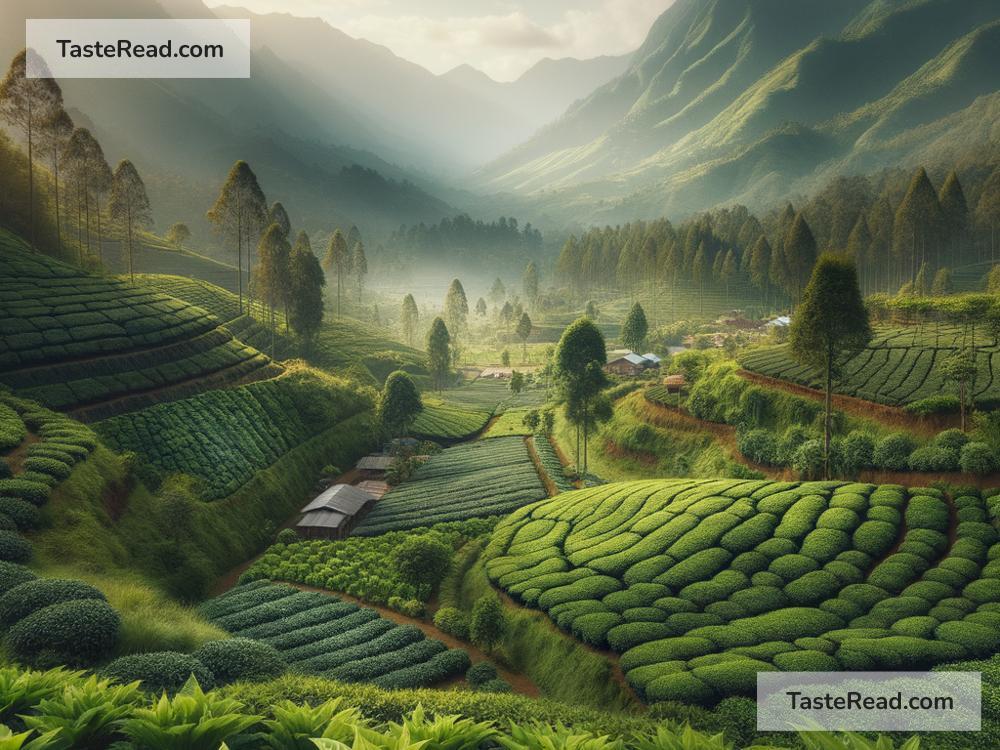Exploring the Role of Agroforestry in Tea Cultivation
In the world of farming, combining different plants and trees on the same plot of land can create a harmonious environment that benefits everyone – including us, the consumers. This practice is known as agroforestry. Today, let’s dive into how agroforestry plays a vital role in the cultivation of one of the world’s most beloved beverages: tea.
First off, tea is more than just a comforting warm drink. It’s a global industry, steeped in centuries of tradition, culture, and agricultural knowledge. However, like any agricultural practice, tea cultivation faces its fair share of challenges, from environmental threats like soil erosion to economic ones like fluctuating market prices. This is where agroforestry comes in, offering solutions that can help tea farmers and the environment.
What is Agroforestry?
Agroforestry is a sustainable farming approach that combines trees and shrubs with crops and/or livestock. This integration creates a mutually beneficial ecosystem. Trees can provide shade, act as windbreakers, reduce soil erosion, improve water retention, and even enhance soil fertility through nitrogen-fixing processes. When applied to tea cultivation, agroforestry can offer numerous benefits, turning tea farms into biodiversity hotspots.
The Benefits of Agroforestry in Tea Cultivation
Environmental Sustainability
Tea plants love shade, and what better way to provide it than through the natural canopy of trees? In traditional tea farming, large areas are cleared of other vegetation, leaving tea plants exposed to the harsh sun. This can stress the plants and reduce their quality and yield. Integrating trees can create a more natural, forest-like environment, providing the shade tea plants crave and reducing the need for artificial cooling methods.
Moreover, trees play a crucial role in water and soil conservation. They help reduce runoff, preventing soil erosion and preserving water quality. This is essential for the health of tea plants and the overall ecosystem.
Biodiversity
Agroforestry encourages a diverse range of species to coexist in a single area. This diversity can help repel pests and reduce the need for chemical pesticides, which are harmful to the environment and the workers. By fostering a variety of plants, insects, and animals, agroforestry can help maintain a balanced ecosystem, which is vital for the planet’s health.
Economic Benefits
For tea farmers, the economic perks of adopting agroforestry can be substantial. By diversifying their farms, they can create additional sources of income. For example, fruit trees not only provide shade for tea plants but also yield fruits that can be sold or consumed by the farmers’ families. Moreover, more resilient and healthy tea plants mean better quality tea, which can fetch a higher price in the market.
Examples of Agroforestry in Tea Cultivation
In countries like Kenya and India, where tea is a major crop, agroforestry practices are making a difference. Farmers are integrating trees like Gravillea and Albizia on their tea farms. These trees are fast-growing, provide excellent shade, and their deep roots do not compete with the tea plants for nutrients. The result is a win-win situation where the environment and the farmers both benefit.
Challenges and the Way Forward
While the advantages of agroforestry in tea cultivation are clear, adopting this approach is not without its challenges. Changing traditional farming practices requires education, training, and resources. Many farmers might be hesitant to try something new, fearing it could disrupt their livelihood.
However, with the support of governments, NGOs, and the private sector, the transition to agroforestry can be smooth. Education and demonstrations of agroforestry’s benefits can help convince more farmers to adopt this sustainable practice.
Final Thoughts
Agroforestry represents a beacon of hope for sustainable agriculture and a promising avenue for the future of tea cultivation. Its benefits, from environmental to economic, make it an appealing option for farmers and a crucial strategy for combatting the adverse effects of conventional farming practices.
As consumers become more environmentally conscious, the demand for sustainably produced products, including tea, will continue to grow. This demand can drive more tea farmers towards agroforestry, creating a greener, more sustainable future for the tea industry. So, the next time you enjoy a cup of tea, think about the possibilities of agroforestry and how it’s helping to make every sip better for the planet.


